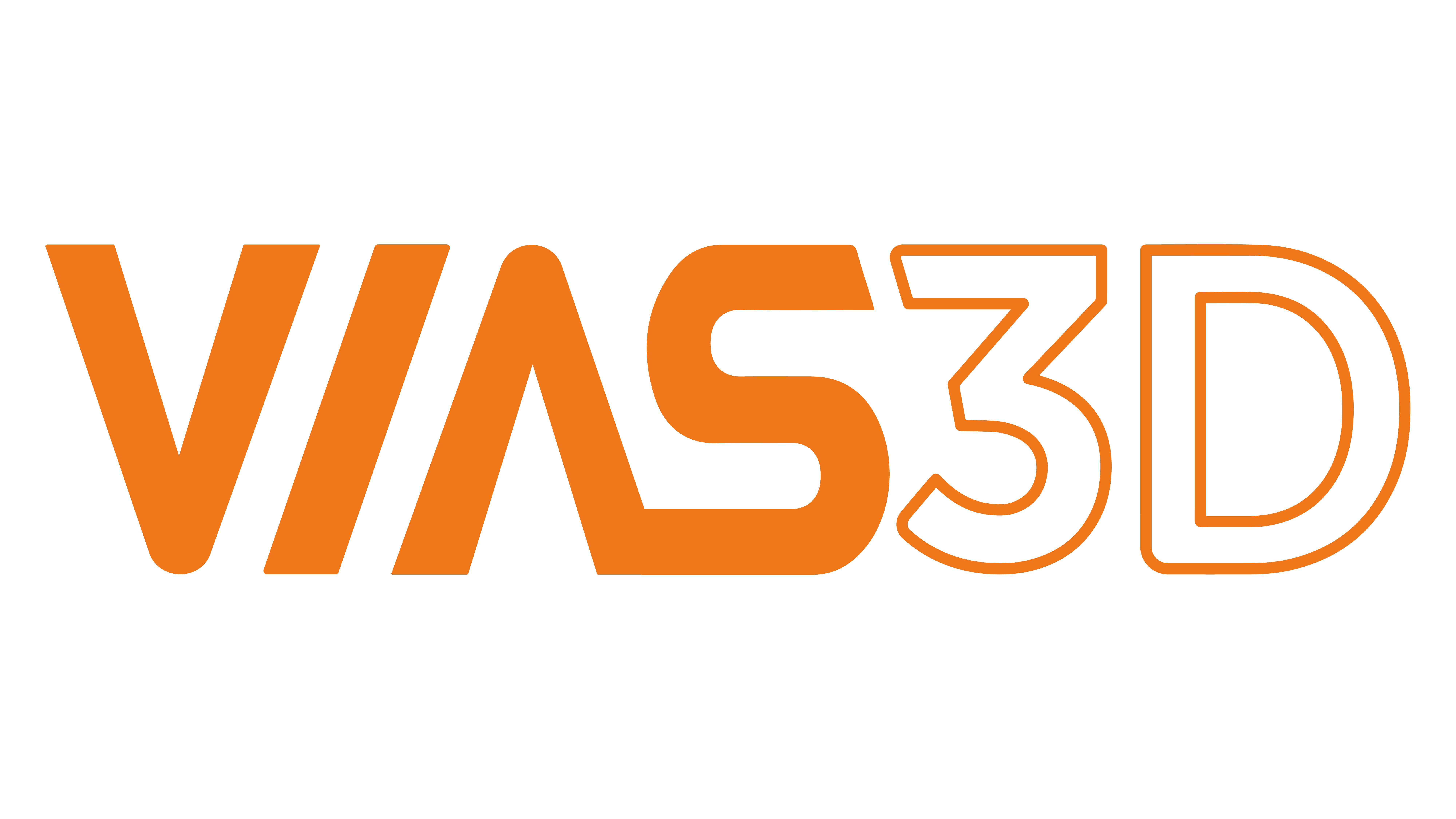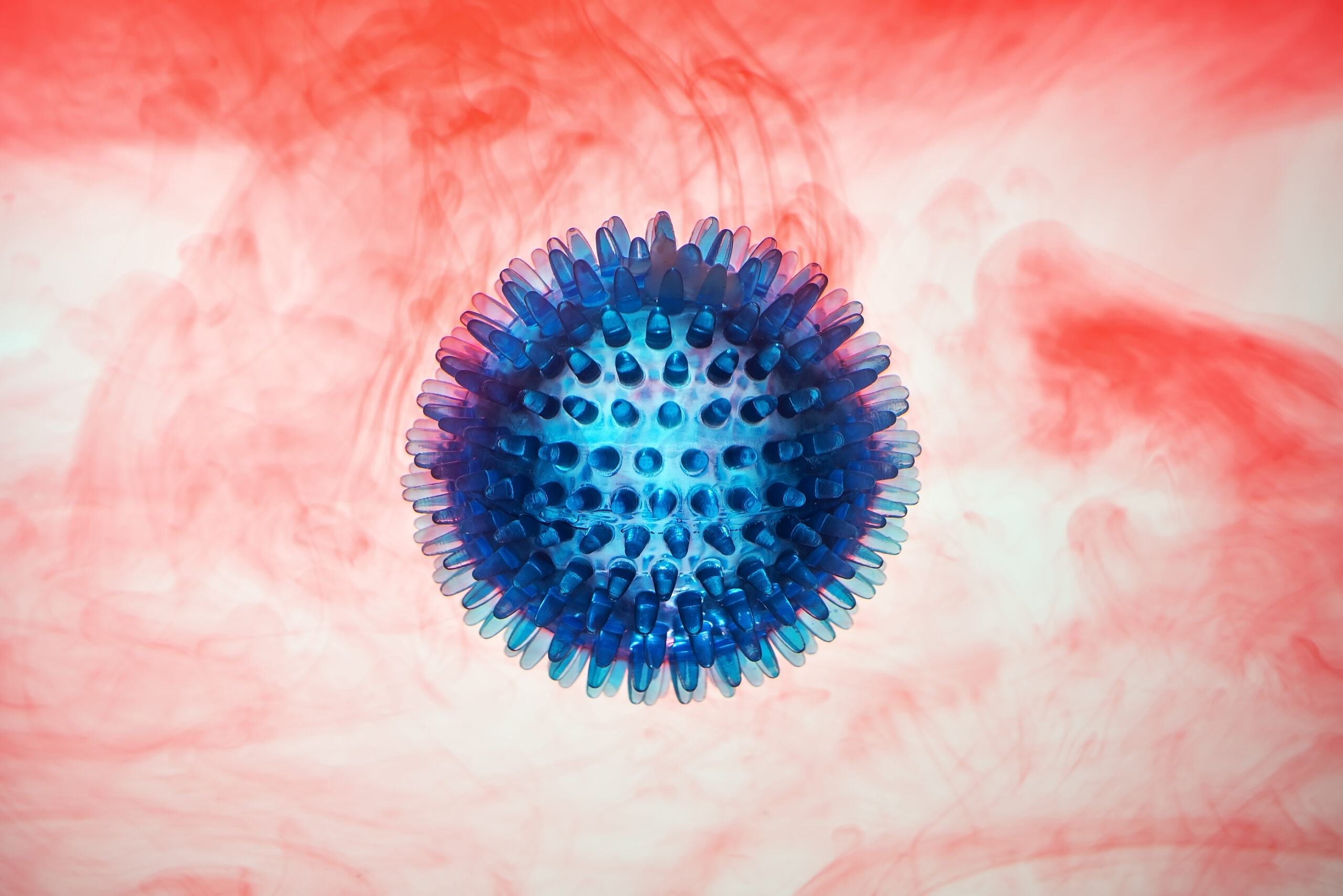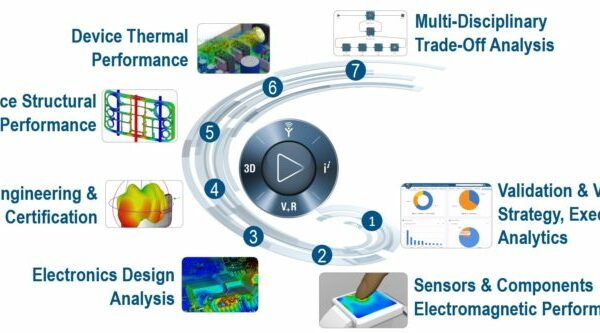Rapidly innovating designs for improved indoor air quality has become a reality with the help of CFD solutions such as SIMULIA’s PowerFLOW and XFLOW. Airflow model simulations have become prevalent now due to the coronavirus pandemic. The biggest challenge with the coronavirus is the ease at which it can spread because it is transmissible by even the smallest breath. Within the breaths of an infected individual, there are droplets/aerosols which are considered to contain the key transmission vector for COVID-19. If you factor in people coughing, sneezing, and talking in a closed environment, it increases the odds of the virus spreading due to more infected droplets being released into the surrounding air. Understanding the droplet transportation and containing the virus to a limited space without spreading to a larger area is one of the key challenges in ensuring a safe environment.
SIMULIA’s CFD solutions can help designers, engineers, and architects to investigate and improve the HVAC system design by limiting the virus contamination and improving the indoor air quality. Here are a few applications:
- Schools and Offices
With schools and offices being a critical component of our daily lives, SIMULIA’s CFD/Fluid solutions and simulations are vital in building a safe environment in which people can return to their education and work. Building information modeling (BIM) files can be imported from CATIA or any other CAD type into SIMULIA in order to convert into models that assess the layouts of office spaces or classrooms. With the parameters of the windows and vents and HVAC systems as well as people inside, it allows for a more accurate prediction of the trajectory of droplets and how to avoid contamination.
- Hospitals
Hospitals have been vital as they have been helping with the treatment of patients with COVID-19 since the pandemic started. To ensure the safety of the staff and so that they can continue to help people, airflow simulation models would be crucial in providing a safer environment for doctors and nurses to work in. With sneezing and coughing simulation models, it allows for better PPE equipment to be created as well as tracking droplets through ventilation systems would be an advantage that hospitals didn’t have before.
- Transportation: Aircrafts, Buses, and Trains
Transportation all but shut down due to the coronavirus and now with people’s need to travel increasing, determining the safest way to travel has become a priority. With aircraft, SIMULIA’s airflow models would better help with testing how viable new concepts the aviation industry has come up with. These concepts include new seating and cabin layouts, installing HEPA filters, and more. When looking at buses and trains, these simulation models allow for predicting the effectiveness of shields between passengers as well as helping with the design of better HVAC systems in those transportation vehicles.
Conclusion
At the end of the day, the goal is to minimize risk and contamination as much as possible due to the threat of COVID-19. By assessing the contamination risks using SIMULIA’s CFD/Fluid solutions allows an accurate and safe prediction of how people can return to daily lives. With the help of technologies such as PowerFLOW & XFLOW, designing more effective and helpful safety measures to deal with the pandemic has never been easier.
To know more about XFlow and PowerFLOW capabilities or for consulting needs to analyze and improve the air quality in constrained spaces, please drop a message to [email protected].




